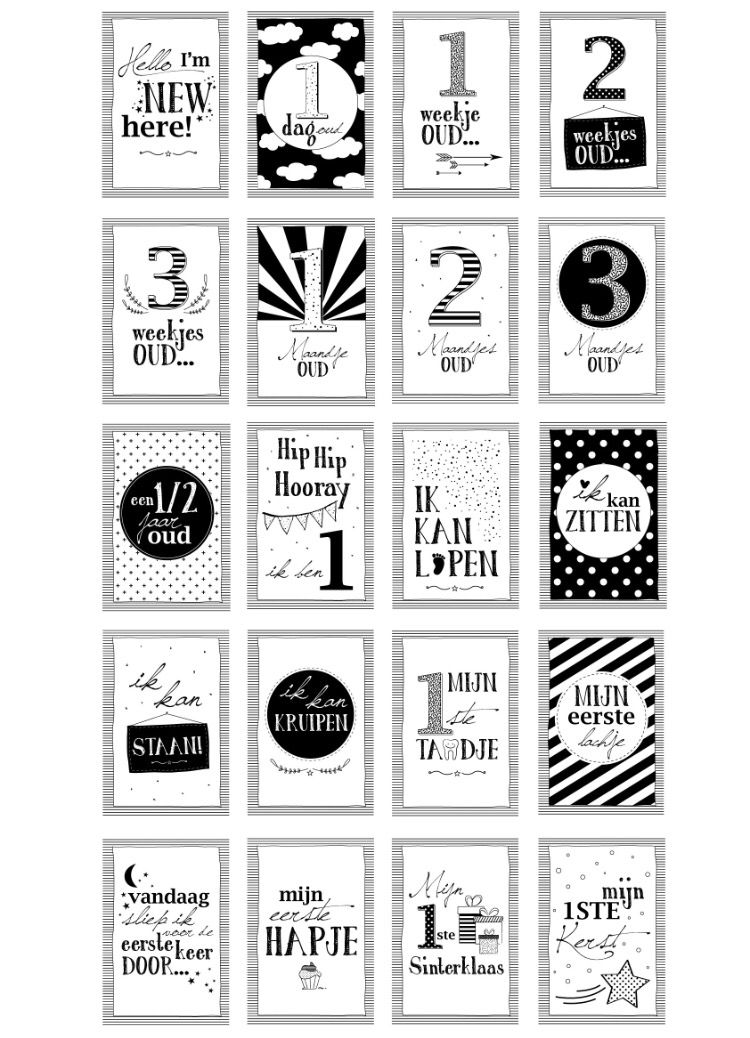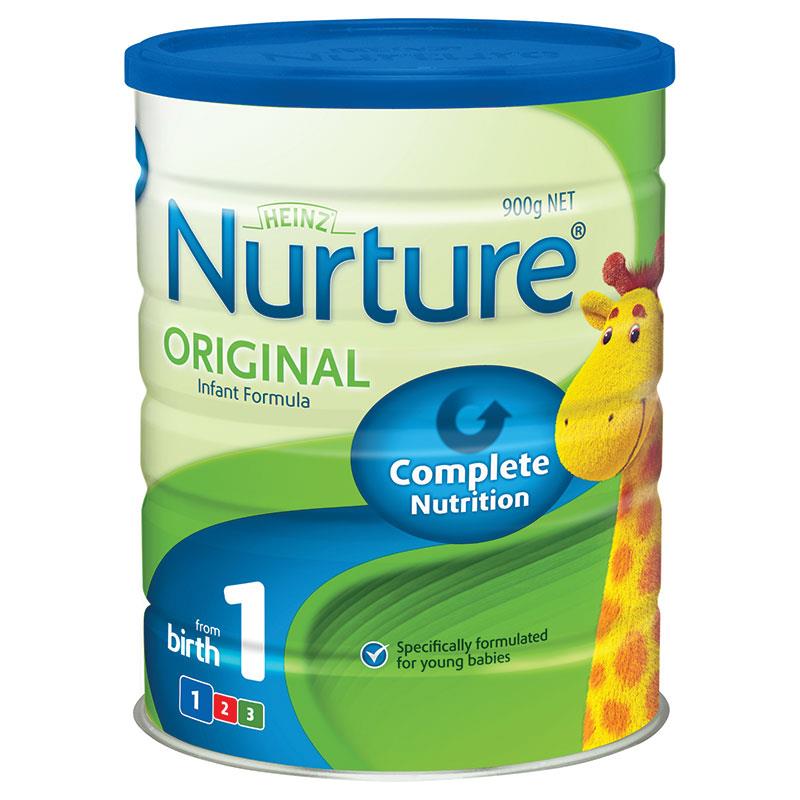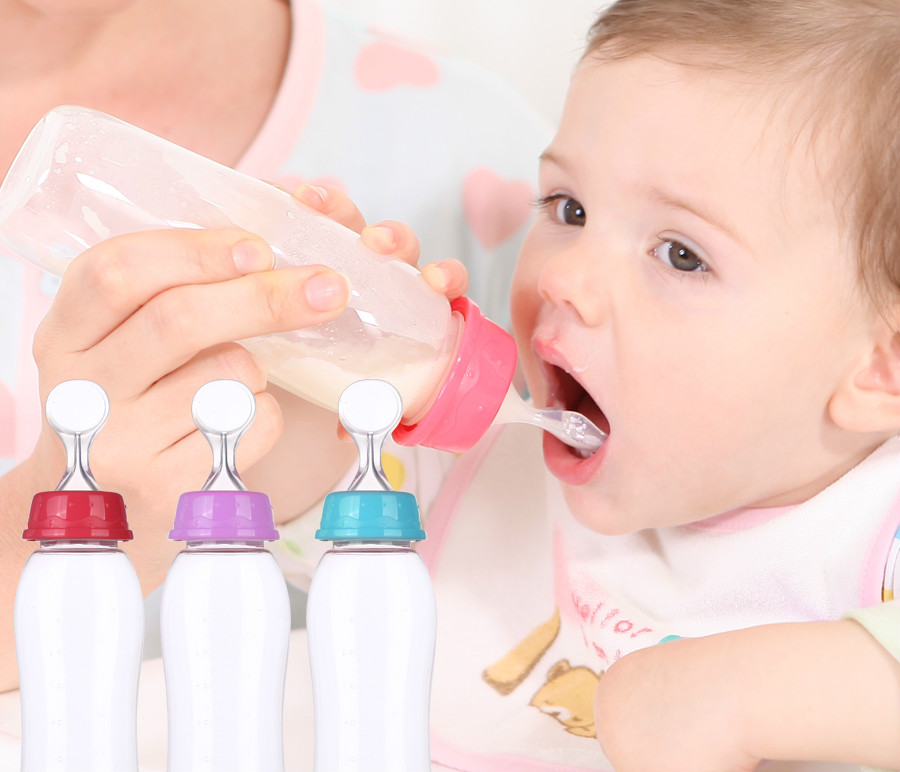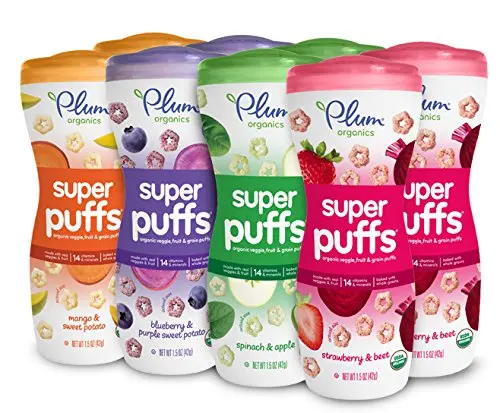How often to bottle feed breastfed baby
Introducing a Bottle to a Breastfed Baby
The information in this post is also contained in our Working & Breastfeeding.
Here is one approach to beginning pumping and introducing bottles that has worked well for many mothers as they prepared to return to work:
- Once breastfeeding is well established – usually after about four weeks – begin pumping after one feeding a day where your breasts still feel a little full. Remember you are pumping “leftovers” and should only expect a small amount.
- Freeze that first pumping immediately. You can add other pumpings to it after they have been cooled in the freezer.
- Your pediatrician may have given you a total number of ounces your baby may feed in a day or a range from the smallest probable amount to the largest, based on your baby’s weight.
- If dealing with a total volume over a 24-hour period, divide that by the typical number of times your baby feeds for a target volume for the first bottle.
- If dealing with a range, store volumes of the lower amount.
- Store some extra small volumes in case baby is hungrier than expected.
- When you have enough stored to equal the expected volume and a bit more, you can begin to plan a time to introduce a bottle.
- EXAMPLE for offering the first bottle:
- Your pediatrician suggests that your baby probably takes about 24 ounces a day.
- You know that he feeds between eight and 12 times a day.
- That means he could take anywhere from 2 to 3 ounces.
- You pump until you have a 2-ounce bottle and then have several 1/2 ounce bottles to equal at least three ounces or more saved.
- Choose a day that your primary support person will be available and a feeding time where baby tends to be more pleasant and patient for his feeding.
- Baby may accept a bottle more easily from someone other than you. He knows milk comes from you and may not understand why he’s not going there instead of to this foreign object.

- Thaw out the 2-ounce bottle in the refrigerator overnight.
- When baby begins to stir, place the bottle from the refrigerator in a bowl of warm water (bath temperature) or a bottle warmer while the person offering the bottle goes to get baby from his bed, changed and ready for the feeding.
- Often it helps to run the bottle nipple under warm water, if it was also in the refrigerator, to make it more acceptable to the baby.
- Baby should be held in an upright, almost sitting, position that is similar to the position usually used by the support person.
- The warmed bottle should be held at an angle tilted just enough to fill the nipple to allow baby to keep control of when and how fast the milk comes.
- Tickle the baby’s mouth to encourage an open mouth then bring baby up onto the bottle nipple, aiming the nipple toward the palate.
- Some have found that it can help to have an article of clothing you have worn, like a nightgown or t-shirt, to place on their arm, shoulder, or chest where the baby can smell your scent.

- It is usually best if you are close but not present in the room during this first “experiment” with bottle feeding. Your baby is very wise and will wait for you to come feed her if she knows you are nearby.
- If dealing with a total volume over a 24-hour period, divide that by the typical number of times your baby feeds for a target volume for the first bottle.
Once the feeding is completed, you will pump to create a bottle equal to what the baby consumed. Remember that the baby is always better than a pump! If you do not pump as much as the baby took, it is more likely a pump issue than an issue of not enough milk. Just pump after another breastfeeding and add that amount to what you pumped to get the amount baby took.
You will continue this pattern until you have enough milk stored in your freezer to get you through a normal work day plus a few extra for any hectic day at work where you may not have been able to pump as often. Plan to fully breastfeed for all feedings when not separated from your baby.
Working and Breastfeeding
Feeding Breastmilk From a Bottle
Pumping
Cleaning and Sanitizing Pumping Accessories
Hand Expressing
Published August 2018.
Breastfeeding: the first few days
In the first few days, you and your baby will be getting to know each other. It may take time for both of you to get the hang of breastfeeding.
This happens faster for some women than others. But nearly all women produce enough milk for their baby.
Preparing to breastfeed before the birth
It's good to find out as much as you can about breastfeeding before you have your baby. It may help you feel more confident when you start breastfeeding your baby.
Antenatal classes usually cover the most important aspects of breastfeeding, such as positioning and attachment, expressing, and how to tackle common breastfeeding problems.
Find antenatal classes near you.
You can find out about breastfeeding from your midwife, family and friends, and useful helplines and websites.
There are lots of groups and drop-ins, some specially designed for pregnant women who want to know more about breastfeeding. You can find out more by asking your midwife, health visitor, local peer supporter or GP. Or visit your local Children's Centre.
You can find out more by asking your midwife, health visitor, local peer supporter or GP. Or visit your local Children's Centre.
Skin-to-skin contact
Having skin-to-skin contact with your baby straight after giving birth will help to keep them warm and calm and steady their breathing.
Skin-to-skin means holding your baby naked or dressed only in a nappy against your skin, usually under your top or under a blanket.
Skin-to-skin time can be a bonding experience for you and your baby. It's also a great time to have your first breastfeed. If you need any help, your midwife will support you with positioning and attachment.
Skin-to-skin contact is good at any time. It will help to comfort you and your baby over the first few days and weeks as you get to know each other. It also helps your baby attach to your breast using their natural crawling and latching-on reflexes.
You'll still be able to bond with and breastfeed your baby if skin-to-skin contact is delayed for some reason, for example if your baby needs to spend some time in special care.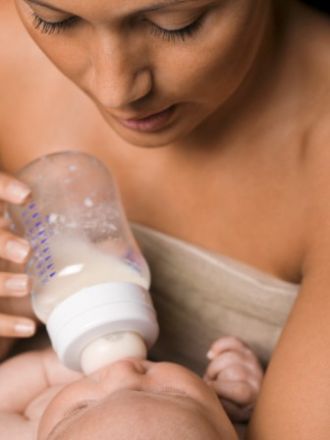
If necessary, your midwife will show you how to express your breast milk until your baby is ready to breastfeed. They can also help you have skin-to-skin contact with your baby as soon as it's possible.
Skin-to-skin after a caesarean
If your baby is delivered by caesarean, you should still be able to have skin-to-skin contact with your baby straight after delivery.
Colostrum: your first milk
The fluid your breasts produce in the first few days after birth is called colostrum. It's thick and usually a golden yellow colour. It's a very concentrated food, so your baby will only need a small amount, about a teaspoonful, at each feed.
Your baby may want to feed quite often, perhaps every hour to begin with. They'll begin to have fewer, but longer feeds once your breasts start to produce more "mature" milk after a few days.
The more you breastfeed, the more your baby's sucking will stimulate your supply and the more milk you'll make.
Your let-down reflex
Your baby's sucking causes muscles in your breasts to squeeze milk towards your nipples. This is called the let-down reflex.
Some women get a tingling feeling, which can be quite strong. Others feel nothing at all.
You'll see your baby respond when your milk lets down. Their quick sucks will change to deep rhythmic swallows as the milk begins to flow. Babies often pause after the initial quick sucks while they wait for more milk to be delivered.
Occasionally this let-down reflex can be so strong that your baby coughs and splutters. Your midwife, health visitor or breastfeeding supporter can help with this, or see some tips for when you have too much breast milk.
If your baby seems to be falling asleep before the deep swallowing stage of feeds, they may not be properly attached to the breast. Ask your midwife, health visitor or breastfeeding supporter to check your baby's positioning and attachment.
Sometimes you'll notice your milk letting down in response to your baby crying or when you have a warm bath or shower. This is normal.
This is normal.
How often should I feed my baby?
In the first week, your baby may want to feed very often. It could be every hour in the first few days.
Feed your baby as often as they want and for as long as they want. They'll begin to have fewer, but longer feeds after a few days.
As a very rough guide, your baby should feed at least 8 to 12 times, or more, every 24 hours during the first few weeks.
It's fine to feed your baby whenever they are hungry, when your breasts feel full or if you just want to have a cuddle.
It's not possible to overfeed a breastfed baby.
When your baby is hungry they may:
- get restless
- suck their fist or fingers
- make murmuring sounds
- turn their head and open their mouth (rooting)
It's best to try and feed your baby during these early feeding cues as a crying baby is difficult to feed.
Building up your milk supply
Around 2 to 4 days after birth you may notice that your breasts become fuller. This is often referred to as your milk "coming in".
This is often referred to as your milk "coming in".
Your milk will vary according to your baby's needs. Each time your baby feeds, your body knows to make more milk for the next feed. The amount of milk you make will increase or decrease depending on how often your baby feeds.
Feed your baby as often as they want and for as long as they want. This is called responsive feeding. In other words, responding to your baby's needs. It's also known as on-demand or baby-led feeding.
In the beginning, it can feel like you're doing nothing but feeding. But gradually you and your baby will get into a pattern and the amount of milk you produce will settle down.
It's important to breastfeed at night because this is when you produce more hormones (prolactin) to build up your milk supply.
In the early weeks, before you and your baby have become comfortable with breastfeeding, "topping up" with formula milk or giving your baby a dummy can lower your milk supply.
Speak to a midwife or health visitor if you are worried about breastfeeding or you think your baby is not getting enough milk.
They might suggest giving your baby some expressed breast milk along with breastfeeding.
Find out more about how to tell if your baby is getting enough milk and tips for building up your milk supply.
Dealing with leaking breasts
Sometimes, breast milk may leak unexpectedly from your nipples.
Wearing breast pads will stop your clothes becoming wet with breast milk. Remember to change them frequently to prevent an infection.
Expressing some milk may also help. Only express enough to feel comfortable as you do not want to overstimulate your supply.
If your baby has not fed recently, you could offer them a feed as breastfeeding is also about you being comfortable.
Help and support for breastfeeding
- Find out more about positioning and attachment, including how to get comfortable and make sure your baby is properly attached.
- If you are having difficulties with breastfeeding, take a look at breastfeeding problems.

- Ask a midwife or health visitor for help. They can also tell you about other breastfeeding support available near you.
- Search online for breastfeeding support in your area.
- Call the National Breastfeeding Helpline on 0300 100 0212 (9.30am to 9.30pm daily).
Got a breastfeeding question?
Use the Start4Life Breastfeeding Friend chatbot for fast, friendly, trusted NHS advice anytime, day or night.
Get Start4Life pregnancy and baby emails
Sign up for Start4Life's weekly emails for expert advice, videos and tips on pregnancy, birth and beyond.
Community content from HealthUnlockedFeeding with expressed milk | breastfeeding
When can I start breastfeeding my baby with expressed breast milk? How to do it right? Is it worth worrying that the child will confuse the pacifier with the breast? In this article we will answer your questions.
Share this information
When can I start breastfeeding my baby?
If your baby is healthy and breastfeeding well, there is no need to give him expressed milk.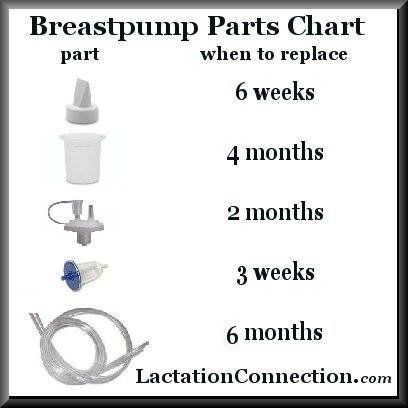 For the first four weeks, you work together to start and increase milk production, and your baby also learns to suckle properly at the breast. There is not enough scientific data on this yet, 1 but there is an opinion that bottle feeding in the first month may adversely affect the process of establishing breastfeeding.
For the first four weeks, you work together to start and increase milk production, and your baby also learns to suckle properly at the breast. There is not enough scientific data on this yet, 1 but there is an opinion that bottle feeding in the first month may adversely affect the process of establishing breastfeeding.
However, if the newborn is unable to latch on or suckle for some reason, start expressing milk as soon as possible after delivery. Read more about this in our articles on coping with problems in the first week, breastfeeding premature babies and babies with special needs, and seeking help from your healthcare provider.
How can I feed my baby with expressed breast milk?
There are many expert feeding solutions that allow you to give your baby expressed milk in a variety of ways, depending on your and your baby's needs.
For example, the innovative Calma smart pacifier only lets milk through when the baby creates a vacuum by suckling. This means that when feeding from a bottle, he will make the same movements with his tongue and jaws as when sucking at the breast. 2.3 Calma was developed with the help of breastfeeding experts from the University of Western Australia. When using this pacifier, the baby can suck, swallow, pause and breathe in the same way as when breastfeeding. 4 Preserving natural sucking habits allows baby to transition easily from breast to bottle and back.
This means that when feeding from a bottle, he will make the same movements with his tongue and jaws as when sucking at the breast. 2.3 Calma was developed with the help of breastfeeding experts from the University of Western Australia. When using this pacifier, the baby can suck, swallow, pause and breathe in the same way as when breastfeeding. 4 Preserving natural sucking habits allows baby to transition easily from breast to bottle and back.
In addition, Medela also offers regular bottle teats* in two versions that produce milk at different rates. All Medela* nipples can be placed directly on bottles used for expressing milk, minimizing the risk of spillage.
If you need to feed your baby with expressed milk, but you do not want to bottle feed him until he is learning to breastfeed, you can use a sippy cup* for temporary feeding. The baby will be able to drink milk from such a mug, but you should be careful not to spill the milk. For the first time, it is advisable to feed the child from a drinking cup under the supervision of the attending physician in order to learn how to do it correctly.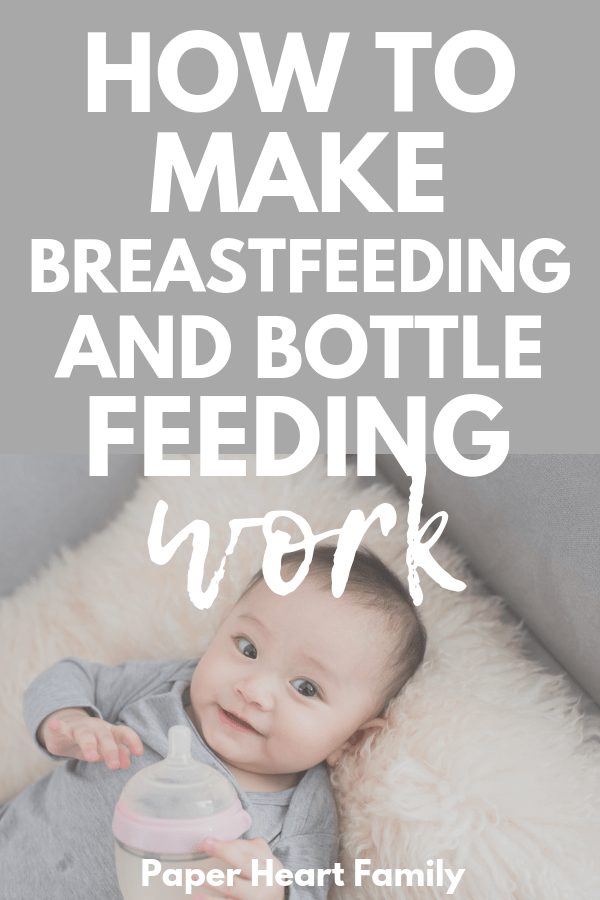
If your baby needs to be supplemented with expressed milk in addition to regular breastfeeding, the Supplementary Feeding System (SNS)* can be used. It is equipped with a thin, flexible capillary that can be clipped close to the nipple to give your baby expressed milk while breastfeeding. Thanks to this, the baby suckles the breast for longer, thereby developing sucking skills and stimulating the production of milk from the mother. This can be helpful when there is a shortage of breast milk, as well as when feeding adopted or surrogate children.
If the baby is unable to breastfeed because he is too weak or has a congenital disease, you can use the Special Needs Cup*, which releases milk with gentle pressure, making it suitable for feeding these babies.
How to teach a child to bottle feed?
If breastfeeding is going well and you decide to start bottle feeding your baby with expressed breast milk, follow these guidelines.
Start early and take your time
Don't wait until the first day of work or the first time you leave the house to start bottle feeding your baby. Start accustoming your baby to small portions of expressed milk a couple of weeks before the desired date, calmly and without haste. Gradually build up to one full serving of pumped milk from a bottle.
Start accustoming your baby to small portions of expressed milk a couple of weeks before the desired date, calmly and without haste. Gradually build up to one full serving of pumped milk from a bottle.
Choose a time
Ideally, at the first bottle feeding, the baby should be hungry, but not too hungry - in this state, he is as relaxed as possible.
Let others feed
Your baby is used to feeding from your breast, so when you offer him a bottle it can be confusing. The process can go faster if the first time the baby is bottle-fed by someone else while you are not in the room, so that your sight and smell do not embarrass the baby.
Maintain optimal temperature
Your baby will be more willing to eat expressed milk if the temperature is around 37°C, close to body temperature.
Dip the nipple in milk
Try dipping the nipple in expressed milk before offering it to your baby. This way it will taste and smell like your breast milk. Lightly touch the baby's upper lip with the nipple to open the mouth.
This way it will taste and smell like your breast milk. Lightly touch the baby's upper lip with the nipple to open the mouth.
Choose the right position for bottle feeding
Feed your baby on demand and keep him reclining during feeding. Never bottle feed your baby when he is lying or sitting, otherwise he may choke. Listen to the wishes of the child - take as many pauses as he needs. You can even try to shift it from one hand to another during feeding.
Be patient
Don't worry if your baby doesn't take the bottle right away - it may take several tries. If he pushes the bottle away or starts crying, calm him down, wait a few minutes and try again. If he still doesn't want to bottle feed, wait a few more minutes and breastfeed him as usual. Repeat the bottle experiment at a different time of day.
How much pumped milk should I give my baby?
All children are different. Research shows that between the ages of one and six months, a baby can consume between 50 and 230 ml of milk per feeding. To start, prepare about 60 ml and observe how much your baby needs - more or less. You will soon realize how much milk he usually eats. Just never force him to finish the cooked portion.
To start, prepare about 60 ml and observe how much your baby needs - more or less. You will soon realize how much milk he usually eats. Just never force him to finish the cooked portion.
How can I keep my baby safe when bottle feeding?
Always clean and sterilize your pump and bottles according to the manufacturer's instructions. Wash your hands before expressing, pouring milk, and feeding your baby. Follow our instructions for safely storing and thawing your expressed milk.
If breastmilk needs to be warmed, place the bottle or bag in a bowl of warm water or a heater or under running water at a maximum of 37°C. Never heat breast milk in the microwave or on the stove.
Will the baby be able to transition from breast to bottle?
Some mothers worry that if they start bottle feeding too early, the baby will get used to the artificial nipple and not want to breastfeed. Others, on the contrary, are worried that if the child is not immediately accustomed to the bottle, then he will no longer eat from it. In general, in these cases, they say that the child confuses the nipple with the breast.
In general, in these cases, they say that the child confuses the nipple with the breast.
Experts disagree on whether such confusion is a problem. 1 Without a doubt, it is easier for a baby to suckle milk from a regular bottle with a nipple, which does not require a vacuum, than from the breast, since the milk flows faster, also under the influence of gravity. And some babies really have clear preferences: only the breast or only the nipple. However, many babies are comfortable suckling both the breast and the pacifier.
If you are unable to feed your baby with expressed breast milk, seek help from a lactation consultant or specialist.
Literature
1 Zimmerman E, Thompson K. Clarifying nipple confusion. J. Perinatol. 2015;35(11):895-899. - Zimmerman I., Thompson K., "On the issue of breastfeeding." Zh Perinatol (Journal of Perinatology). 2015;35(11):895-899.
2 Geddes DT et al. Tongue movement and intra-oral vacuum of term infants during breastfeeding and feeding from an experimental teat that released milk under vacuum only.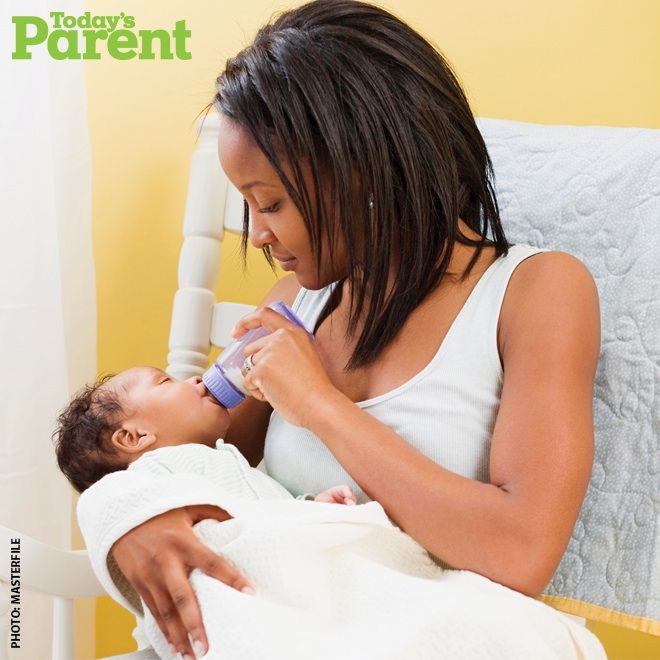 Early Hum Dev . 2012;88(6):443-449. - Geddes D.T. et al., "Language Movements and Oral Vacuum Generation in Term Infants During Breastfeeding and Feeding from an Experimental Vacuum-Delivery Teat". Airlie Hume Dev. 2012;88(6):443-449.
Early Hum Dev . 2012;88(6):443-449. - Geddes D.T. et al., "Language Movements and Oral Vacuum Generation in Term Infants During Breastfeeding and Feeding from an Experimental Vacuum-Delivery Teat". Airlie Hume Dev. 2012;88(6):443-449.
3 Segami Y et al. Perioral movements and sucking pattern during bottle feeding with a novel, experimental teat are similar to breastfeeding. J. Perinatol. 2013;33(4):319-323. - Segami I. et al., "Perioral movements and sucking during bottle feeding with a new experimental nipple are very similar to sucking from the breast." Zh Perinatol (Journal of Perinatology). 2013;33(4):319-323.
4 Sakalidis VS et al. Oxygen saturation and suck-swallow-breathe coordination of term infants during breastfeeding and feeding from a teat releasing milk only with vacuum. Int J Pediatr. 2012;2012:130769. - Sakalidis V.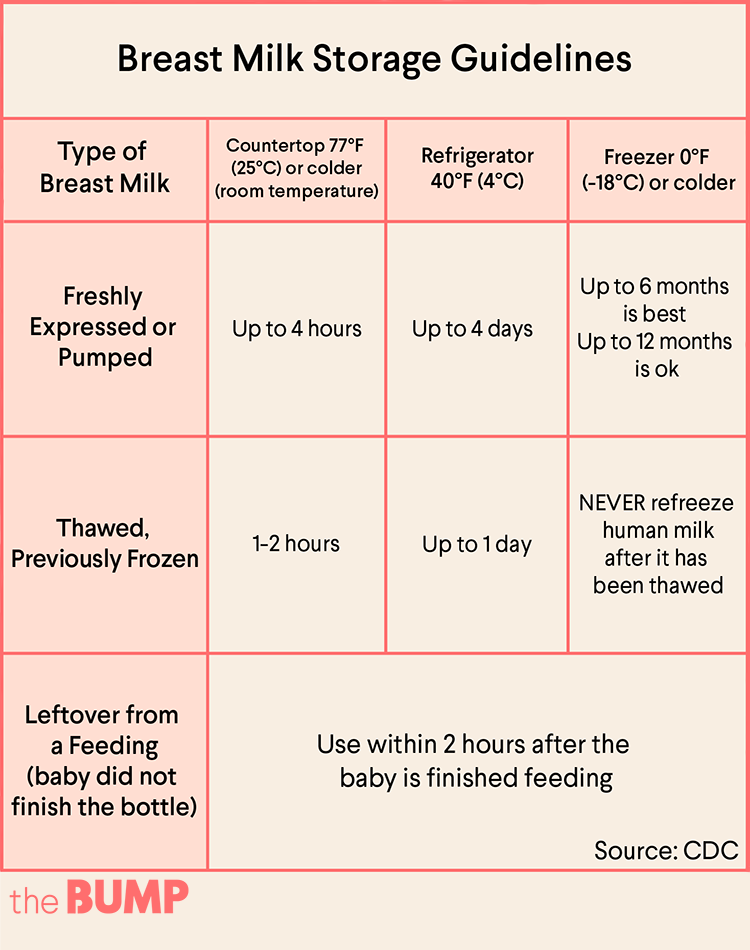 S. et al., "Oxygenation and Coordination of Sucking, Swallowing, and Breathing in the Term Infant During Breastfeeding and Feeding from a Purely Vacuum Teat". Int J Pediatrician 2012;2012:130769.
S. et al., "Oxygenation and Coordination of Sucking, Swallowing, and Breathing in the Term Infant During Breastfeeding and Feeding from a Purely Vacuum Teat". Int J Pediatrician 2012;2012:130769.
Read instructions before use. Consult a specialist about possible contraindications.
* RU № ФСЗ 2010/07353 dated 07/19/2010
BREASTFEEDING IN QUESTIONS AND ANSWERS - GAU RS (Y) "Medical Center of Yakutsk"
BREASTFEEDING IN QUESTIONS AND ANSWERS
In recent years, many bright jars of baby formula have appeared on the shelves of our stores. Manufacturers, in order to profitably sell their products, spend huge amounts of money on colorful advertising. It seems that the mixture is very easy to use - just dilute the bottle and there will be no problems!
In fact, no formula can replace breast milk. Mother's milk contains over 150 ingredients, most of which cannot be artificially synthesized. It contains all the substances necessary for the baby's body in a form that is ideal for a newborn.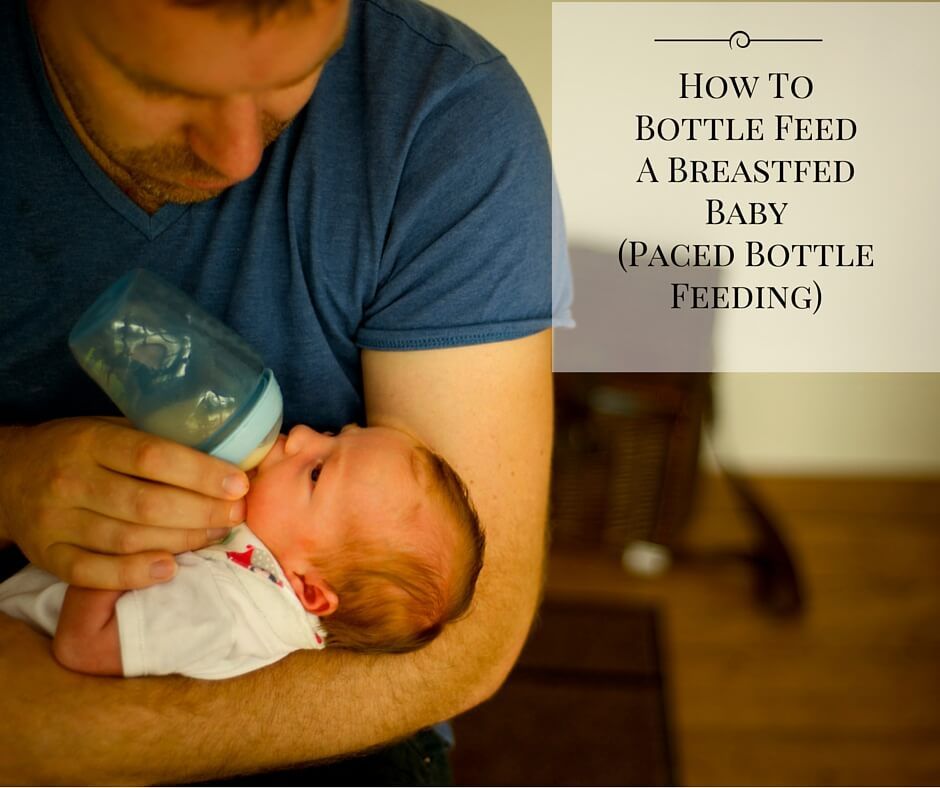 In addition, the composition of milk changes from day to day, from month to month, as the baby grows.
In addition, the composition of milk changes from day to day, from month to month, as the baby grows.
A newborn receives from mother's milk digestive enzymes, hormones and substances responsible for protecting the child from infection and allergies. For example, a child's body produces only 2/3 of thyroid hormones, and 1/3 is obtained from mother's milk. But this hormone is responsible for the formation of intelligence!
Breast sucking develops the muscles of the tongue and mouth and promotes the development of speech.
Can bottle-feeding replace the feeling of love and protection that a child experiences at its mother's breast? No breast milk substitute carries information about love and tenderness!
Therefore, breast-fed children are friendlier, find better contacts with others and the opposite sex, and are less likely to suffer from drug addiction and alcoholism. They are 5-6 times less likely than artificers to suffer from intestinal infections, 4 times less often - colds and allergies, 2 times less often - liver, kidney, diabetes.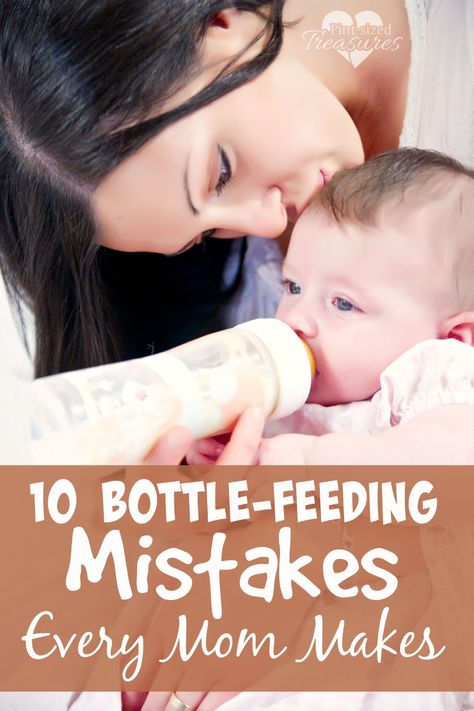
HOW TO START BREASTFEEDING?
It is very important that the baby is placed on the mother's stomach immediately after delivery. Skin-to-skin contact allows the child to reconnect with his mother, because after nine months spent in a cozy home, he enters a new, alien and cold world.
Eye contact is very important for establishing an emotional connection and it is important that the first face the baby sees is the face of mom or dad.
Early skin contact allows the baby's skin to become colonized with beneficial skin microorganisms and the baby becomes much more resistant to most germs introduced from other sources.
It is important that within 30 minutes after birth the baby is attached to the breast and receives the first drops of colostrum. Colostrum contains antibodies against most microbes and is a kind of vaccination that protects the baby from many diseases. It also promotes the maturation of the newborn's intestines and the release of meconium, the thick primordial feces.
WHEN IS MILK AVAILABLE?
During the first 3-4 days, colostrum comes out of the nipple. Normally, it is 50-70 ml per day and this is exactly the amount that the baby needs. A larger amount of food at this age can cause disruption of the gastrointestinal tract.
A child is born with a 5-day supply of food, and within 4-5 days he is not threatened with hunger. At this time, there is a physiological loss of body weight, which can reach 10%. This is the normal state of the baby during "adult" life.
SHOULD THE BABY BE FEEDED ON ONE OR TWO BREASTS?
It depends entirely on the needs of the child. In the first few days. When milk is still low, give both breasts at every feed. Frequent sucking will speed up milk production. Then, when the milk arrives, follow the needs of the baby. When one breast is enough for a feed, simply alternate breasts, starting the first feed on the right breast and the next on the left.
Many mothers constantly feed their babies with both breasts at every feed. However, you need to make sure that the baby has completely sucked one breast before offering the other. Otherwise, the baby will receive only the first, more liquid portions of milk and receive less fat.
DOES A BABY NEED A PATCH?
If the baby is breastfed, he does not need bottles and pacifiers. The mechanism of sucking nipples and breasts is very different. The nipple must be sucked, and milk must be squeezed out of the breast. If the baby tries a pacifier or pacifier, it can reinforce the wrong sucking mechanism and the baby will refuse the breast.
Therefore, if you need to give your baby milk or medicine, you should use a small cup or spoon. Do not be afraid, even very young children in the maternity hospital drink perfectly from a cup.
The fact that the baby sucks his fingers or smacks his lips does not mean that he needs to suck something between feedings.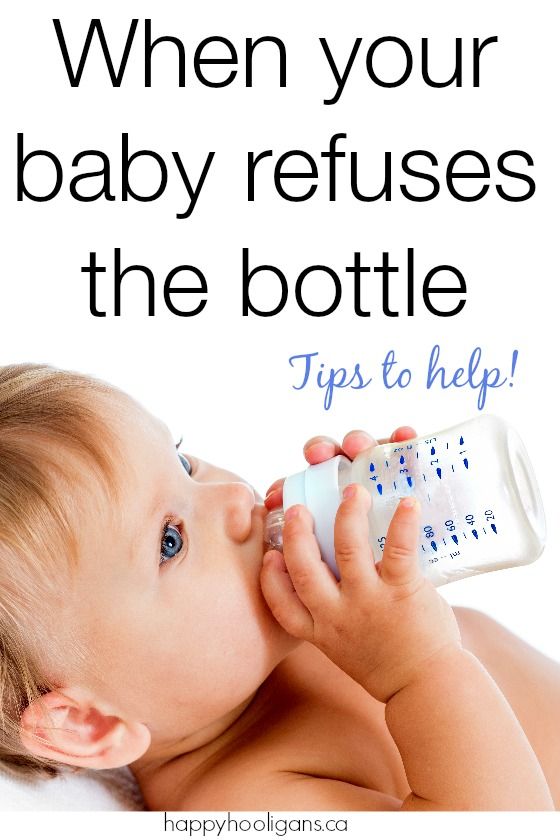 There is no physiological need for a pacifier.
There is no physiological need for a pacifier.
WHAT TO DO IF THERE IS NOT ENOUGH MILK?
Above all, don't panic and reach for the formula box, as the amount of milk can be increased. Firstly, apply the baby to the breast on demand, at least 10-12 times a day. Night feedings are also required.
Secondly, never give your baby a pacifier or a bottle, he may refuse to breastfeed. Thirdly, since feeding a child is hard work, shift most of the housework to relatives, and only take care of the baby yourself. You need to rest and sleep.
An increase in the amount of milk is facilitated by a bath or a warm shower on the mammary glands and taking 1-2 glasses of any liquid 10-15 minutes before feeding. A neck and back massage will also help.
Pharmacies sell special lactogenic teas, such as Vitalakt.
As a rule, the increase in milk occurs by 7-10 days, so you will need patience.
DO NOT USE THE MIXTURE WITHOUT YOUR PHYSICIAN ADVICE!!!!
WHY DO CHILDREN CRY?
Many mothers believe that if the baby cries, is restless, or often needs a breast, then this indicates a lack of milk.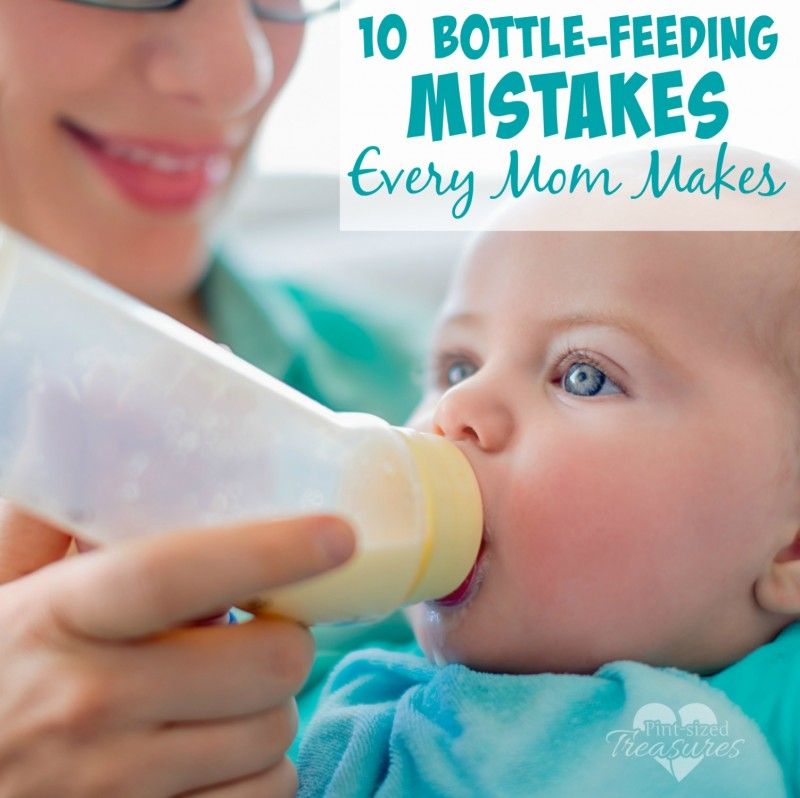
However, babies can cry for a variety of reasons - they may be cold, hot or wet, or they may be wrapped too tightly in a diaper or have uncomfortable clothes. The child often worries if he has manifestations of allergies and itches. Many children, especially boys, suffer from colic until the age of 3-4 months.
If the child is gaining weight well and urinating 8 or more times a day, then the reason for crying is something else. Try changing your child's clothes, carrying him in your arms, massaging his tummy. If you can't determine the cause of your crying, see your doctor.
CAN A BABY REFUSE TO BREAST
The most common reason for not breastfeeding is pacifier or pacifier feeding. Having eaten at least once from a bottle, the child tries to suck on the breast like a pacifier, and not squeeze milk out of it. In this case, milk does not come from the breast, the baby is angry and refuses to suckle the breast.
The child is sensitive to unfamiliar surroundings.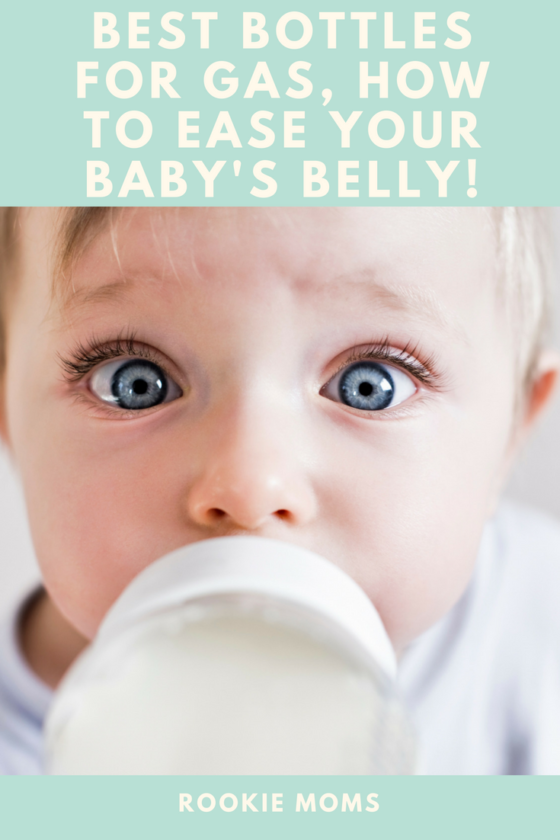 If the mother and baby are in an unfamiliar house or there are too many people around, the baby becomes restless and may also refuse to breastfeed. The child refuses the breast if it hurts to suck, for example, if there is thrush in the mouth, teeth are cut, or the nose is blocked.
If the mother and baby are in an unfamiliar house or there are too many people around, the baby becomes restless and may also refuse to breastfeed. The child refuses the breast if it hurts to suck, for example, if there is thrush in the mouth, teeth are cut, or the nose is blocked.
Babies orient themselves to the smell of milk and may refuse to breastfeed if the mother wears perfume, deodorant or strong-smelling soap. Some foods, such as garlic and spices, can change the taste of milk.
Do not give your baby a pacifier or pacifier!!!
HOW LONG DOES A BABY REQUIRE BREAST MILK?
Russian proverb says: "The first year a mother feeds her child for health, the second year - for the mind." And indeed it is. The complete immune and endocrine system of the child is formed by the age of 2, and until that time the child expects to receive part of the hormones and antibodies from the mother's body. Don't worry it's too long. After a year, the baby eats adult food all day, he has only 1-2 breastfeedings left.



